Researchers Discover New Exotic World in Remote Argentina Desert
Researchers have discovered a new exotic world of prehistoric times on Earth, in a remote Argentina desert. This finding has shocked scientists, particularly because this finding had never been discovered before.
Now that researchers have found this unfamiliar — and previously unknown — area of the world, they are looking to further study its prehistoric nature.
The Puna de Atacama Plateau
Scientists made this remarkable find while they were staying in a tiny village in the high desert of Argentina. This small village had a population of only 35.
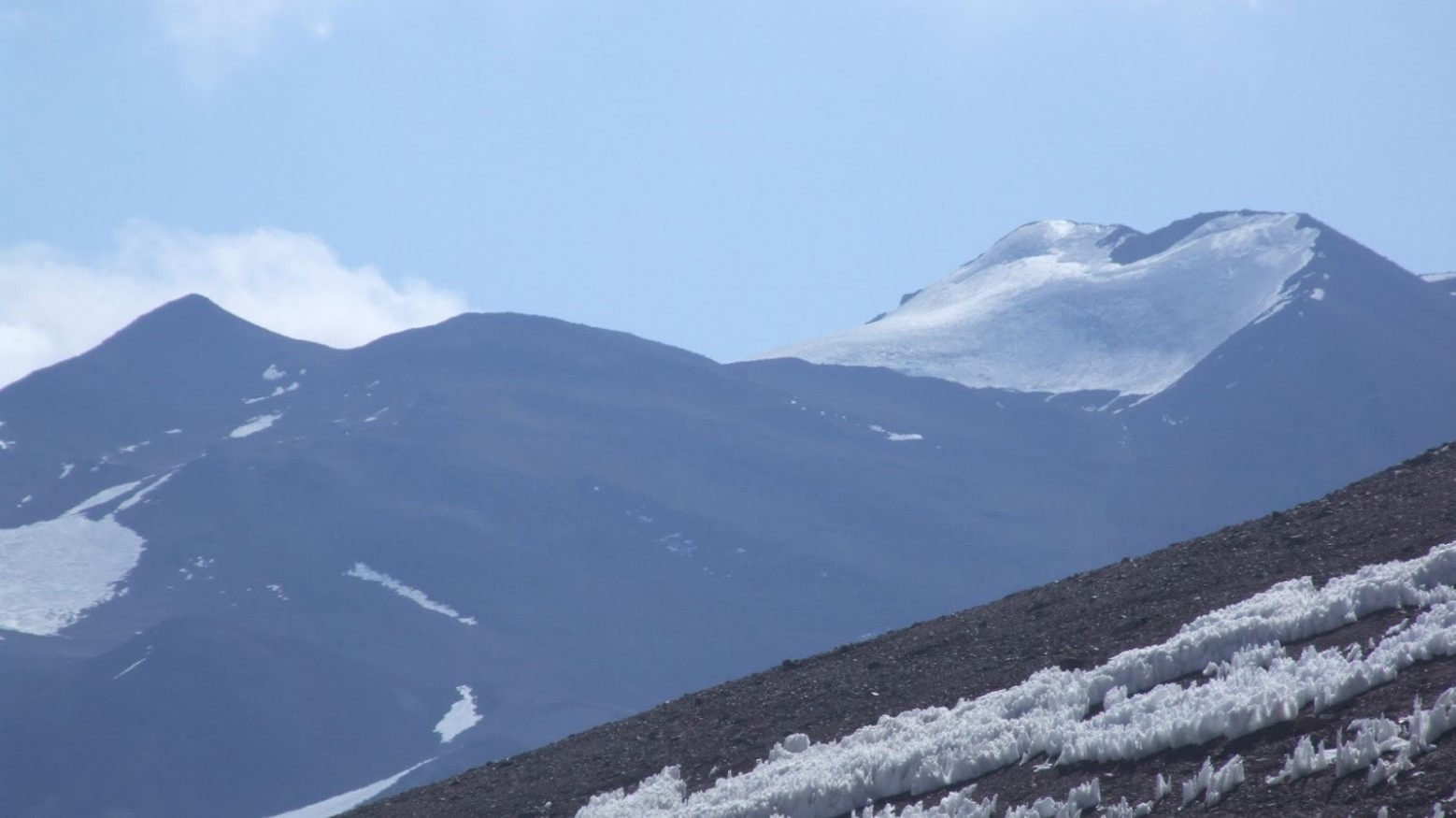
Source: 2005biggar/Wikimedia Commons
While staying there, they discovered what appeared to be a lagoon on their satellite images. So, they decided to drive until the road ended. Then, they traveled on foot to where they assumed this hidden lagoon would be. Finally, they arrived — and discovered something miraculous.
A Stunning Discovery
This team of researchers found strange lagoons that appear to be completely unknown to modern science. The greenish bodies of water were rather deep in areas, as well.
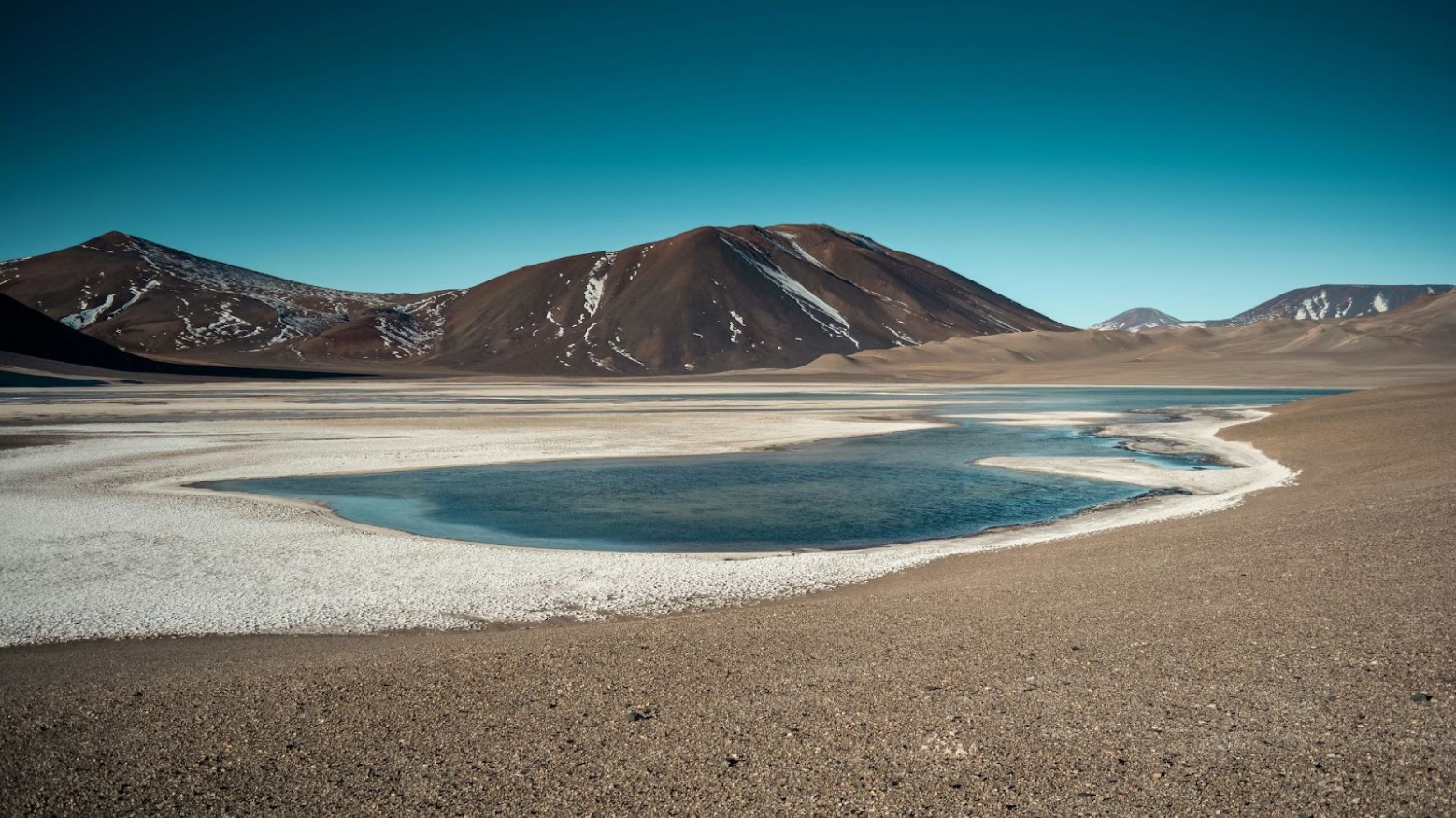
Source: Nicolás Gutiérrez/Unsplash
Geologist Brian Hynek was one of the scientists who was a part of the team that made this discovery. Upon finding the lagoon, he explained, “In some places, we were sinking up to our knees in salt slush.”
A High Desert
Interestingly, these lagoons were found in the Puna de Atacama plateau, at more than 12,000 feet high. Found atop the plateau beside white salt plains, these green lagoons seem to have a system of their own.
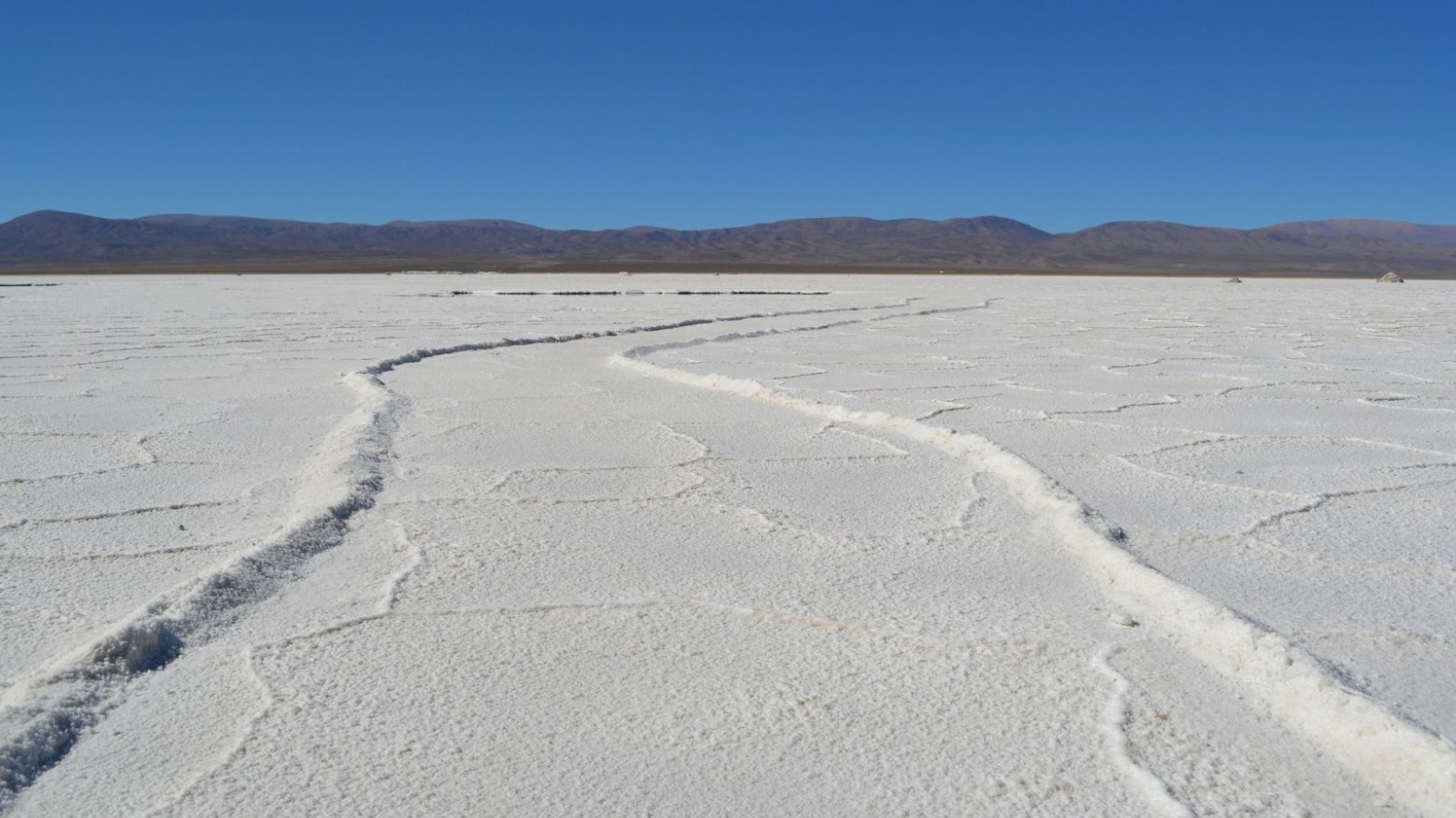
Source: Sofia Truppel/Unsplash
This desert in Argentina is considered incredibly remote, with barely any roads. The roads that do exist eventually end, as these researchers discovered.
An Unusual Ecosystem
Scientists have claimed that these lagoons have an unusual ecosystem. As a result, they believe that, by studying these lagoons, they can further understand what Earth was like billions of years ago.
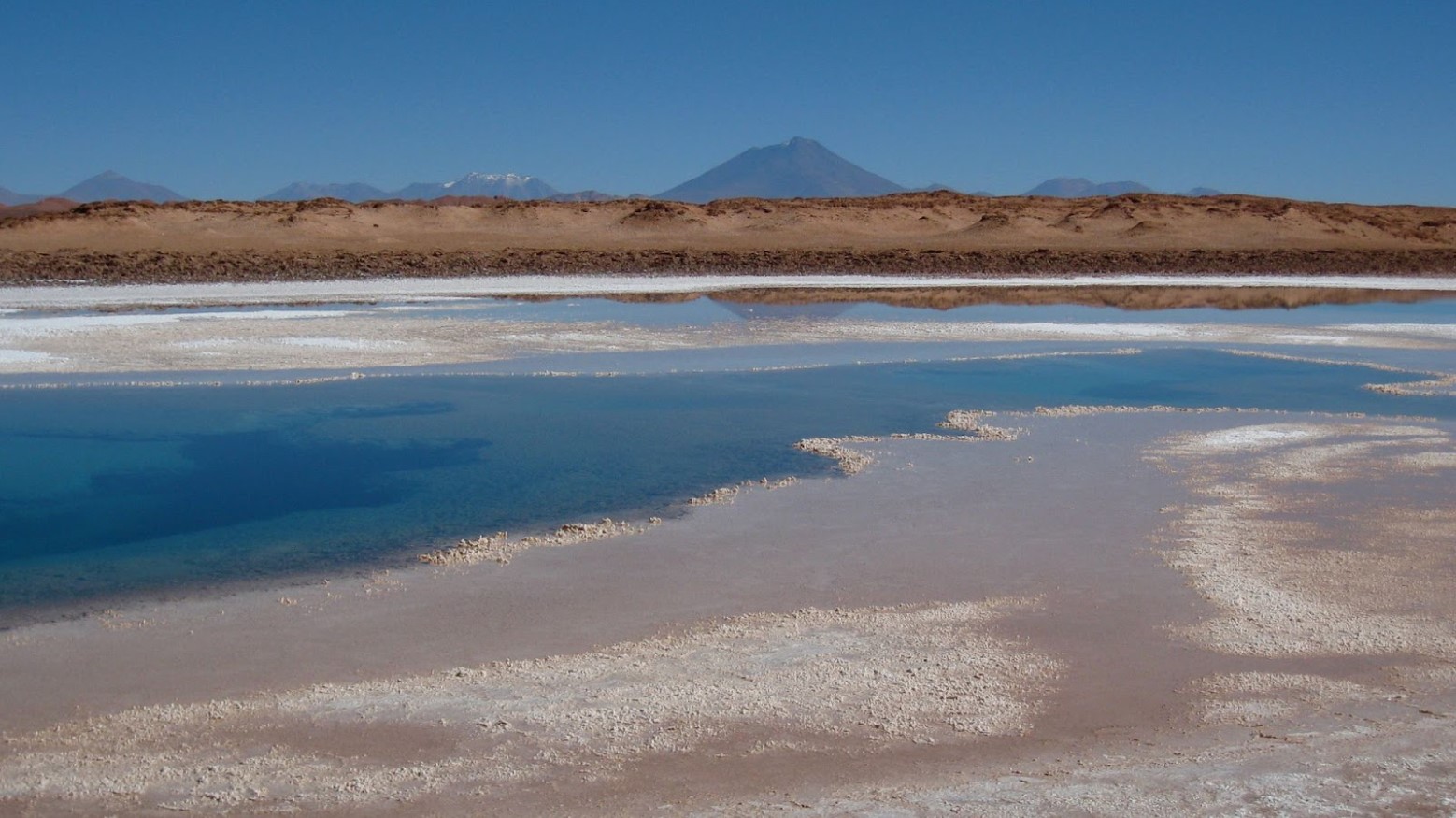
Source: Alicia Nijdam/Wikimedia Commons
This is because they believe the greenish lagoons represent a modern example of what the Earth looked like in prehistoric times, back when primitive organisms were only first appearing and existing on the planet.
The System of the Lagoons
According to the scientists who made this discovery, the lagoons have a system that allows them to harbor bacterial communities, such as stromatolites.
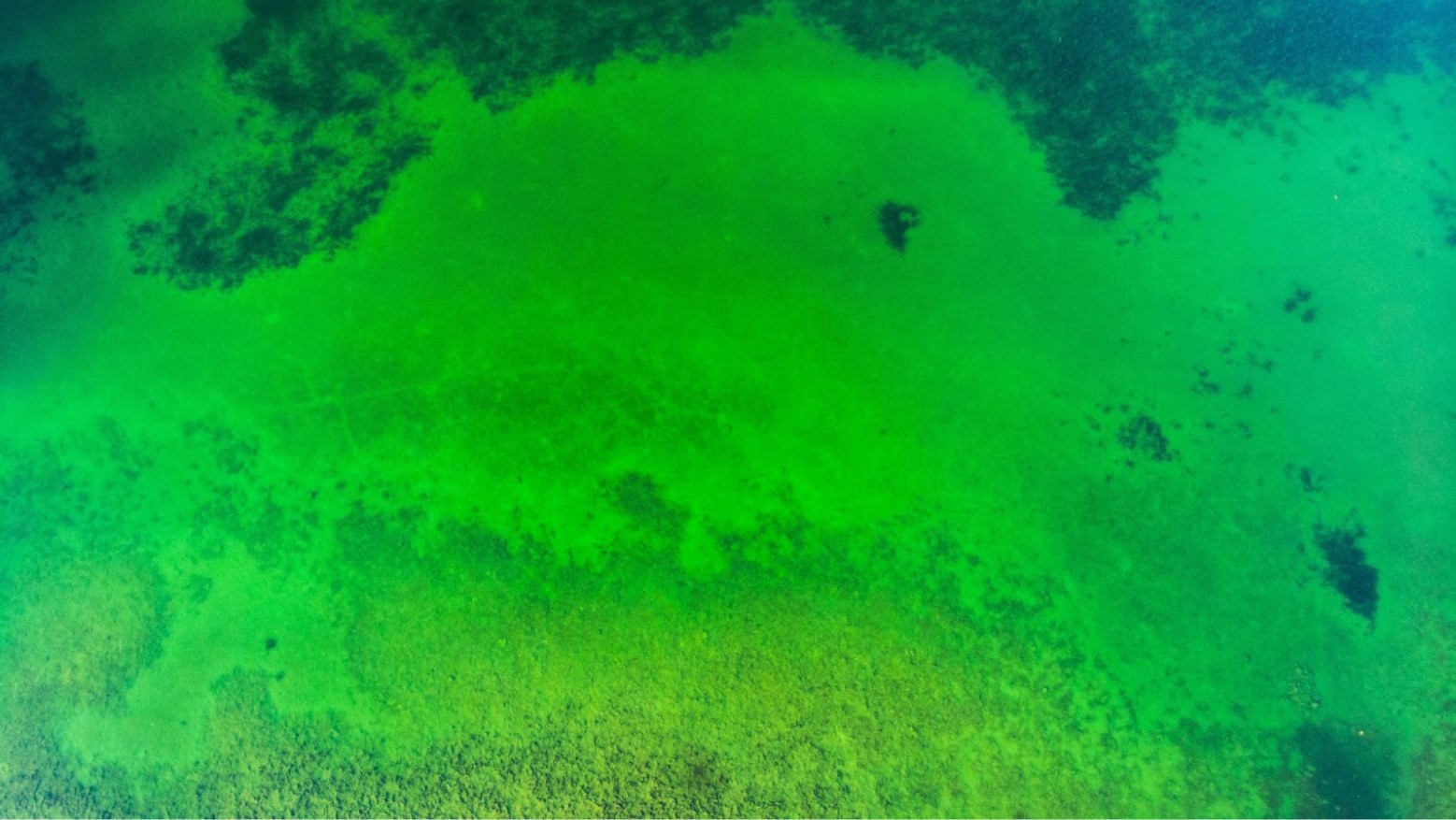
Source: Nicolo Calegari/Unsplash
These communities can create what appears to be layered mounds as they grow and expand. This is what many scientists believe occurred back in prehistoric times.
Stromatolites
Stromatolites have been found in other areas of the world, such as in Marble Bar, located in Western Australia.

Source: Paul Harrison/Wikimedia Commons
Stromatolites have been found to preserve some of the oldest forms of earthly life, which further helps scientists understand prehistoric times. For example, the stromatolites in Marble Bar have 3.45 billion-year-old fossilized structures.
Cyanobacteria
Back during this time, billions of years ago, cyanobacteria — which are photosynthesizing microbes — created the layered mounds that are seen in these green lagoons.
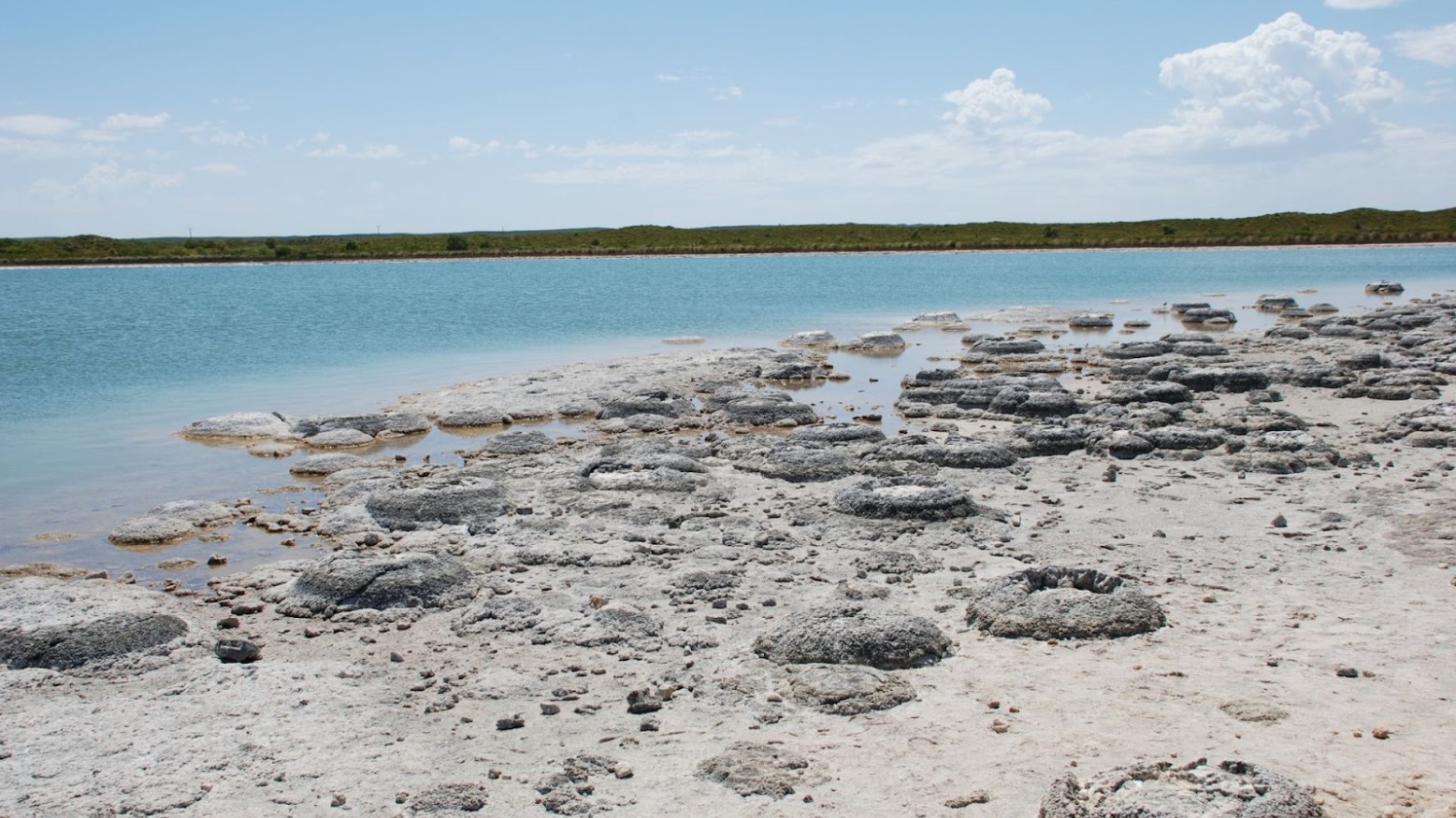
Source: Fvanrenterghem/Wikimedia Commons
About 2.5 billion years ago, oxygen from these cyanobacteria eventually evolved to appear in the planet’s atmosphere.
A System That’s Never Been Seen Before
It can’t be stated enough how remarkable this find is, especially for the scientists who have uncovered this hidden world.
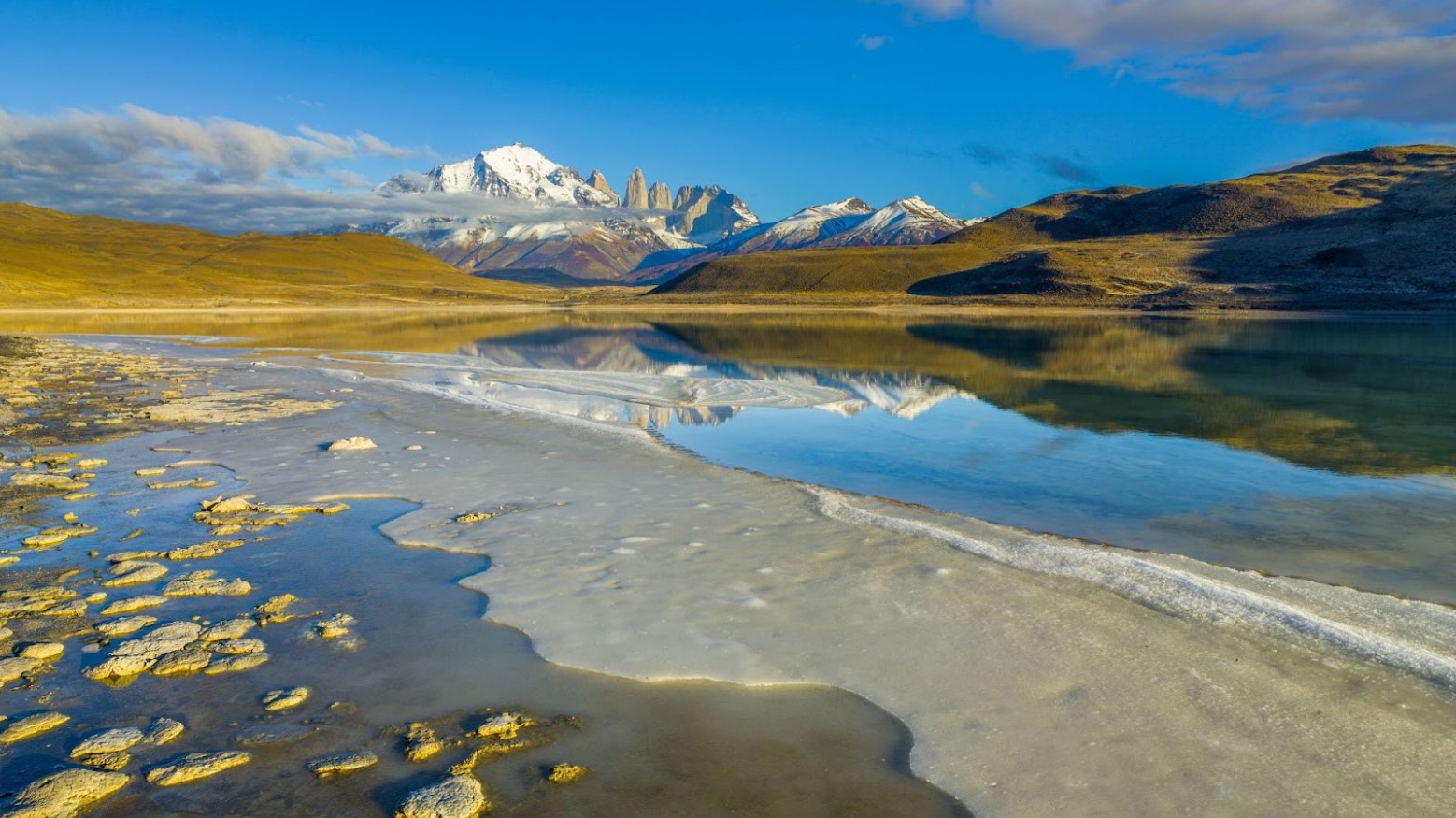
Source: Chris Stenger/Unsplash
“This lagoon could be one of the best modern examples of the earliest signs of life on Earth,” Hynek explained. “It’s unlike anything I’ve ever seen or, really, like anything any scientist has ever seen.”
Similarities to Mars
Researchers have also pointed out that this discovery could further help scientists understand what the planet Mars was once like, billions of years ago.
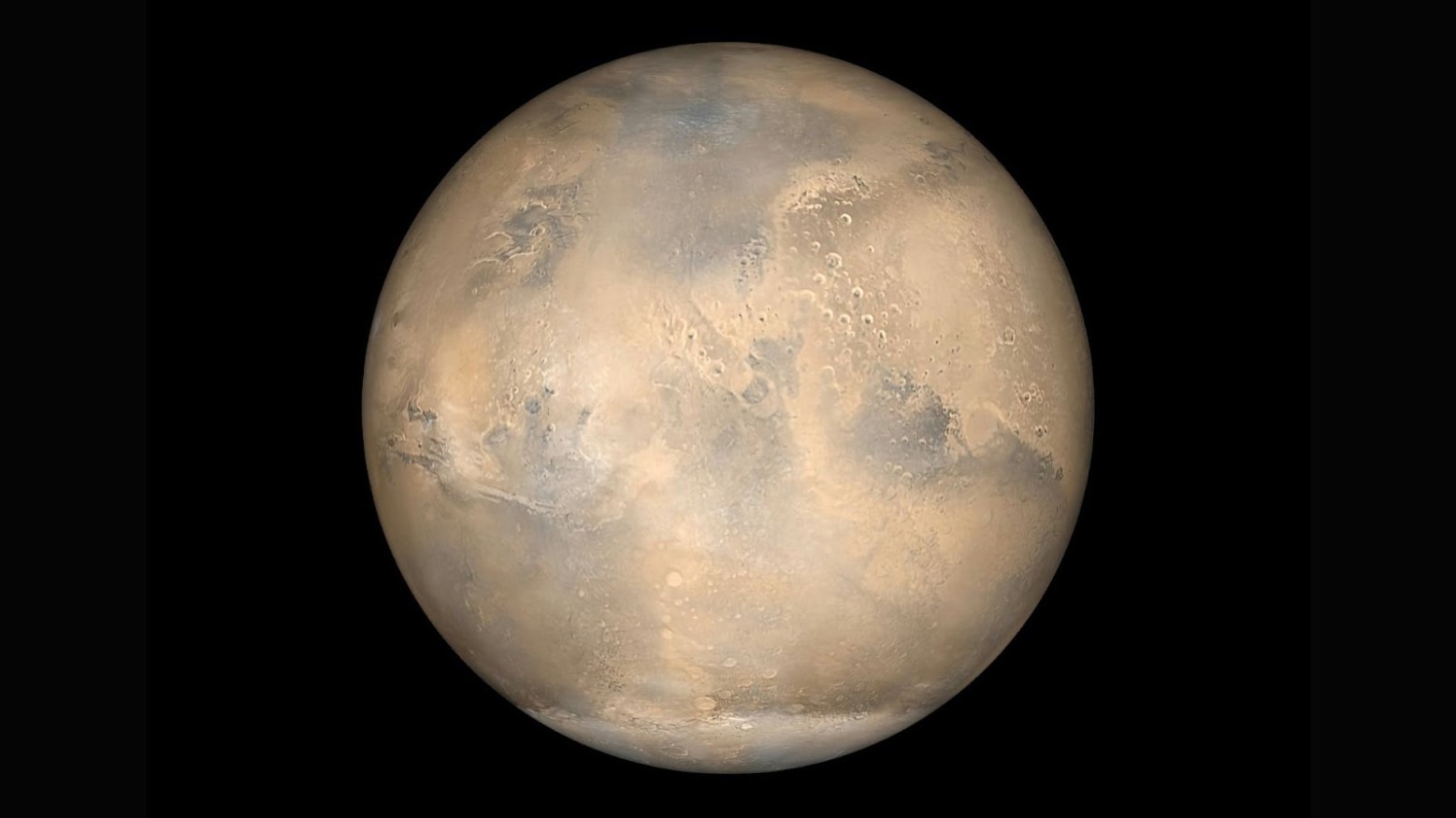
Source: NASA/Unsplash
Once upon a time, Mars — which is now considered a desert planet — was thought to have a lot of water. This planet was filled with lakes and rivers, as well as a temperate environment.
Life on Mars
By looking at these newly found lagoons, scientists believe they’ll be able to further understand what life on Mars may have looked like.

Source: Public Domain/Wikimedia Commons
“If life ever evolved on Mars to the level of fossils, it would have been like this,” Hynek explained. “Understanding these modern communities on Earth could inform us about what we should look for as we search for similar features in the Martian rocks.”
An Unknown World
One of the most fascinating aspects of this discovery lies in the fact that these lagoons have seemingly been undiscovered by modern science. This area of the world was previously unknown, even in the modern age where much of the world has been uncovered.

Source: Alicia Nijdam/Wikimedia Commons
Hynek himself expressed this, saying, “It’s just amazing that you can still find undocumented things like that on our planet.”
